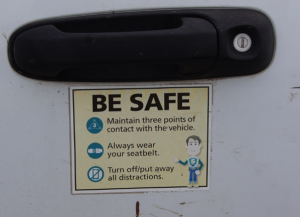 If you’re playing Santa Claus for kids this year, get informed before you do your shopping. There are toys out there on the naughty list for being unsafe and you don’t want to give them to the children you love.
If you’re playing Santa Claus for kids this year, get informed before you do your shopping. There are toys out there on the naughty list for being unsafe and you don’t want to give them to the children you love.
While the burden for toy safety should fall on manufacturers, surrogate Santa Clauses must still be alert. There are over three billion toys sold in the US each year and it’s hard to check all of them for compliance, ensuring manufacturers are following certification processes. In 2007 alone there were 30 million toys recalled, and those are just the ones that were caught. With more than 5,000 toys being introduced in the US each year, enforcement of safety standards is difficult.
From small, breakable parts to chemicals and lead based paint, there is a lot to look for when choosing the perfect toys. Listen in as Kevin King discusses toy safety and what you need to know to find toys safe toys on the nice list.
Additional resources for toy safety information include:
- US Consumer Product Safety Commission
- US Public Research Interest Group:
Want to hear more talks from Peter and Kevin King? Tune into WCIS 1010 AM Columbus, IN the first and third Friday of every month for People’s Law Talk.


